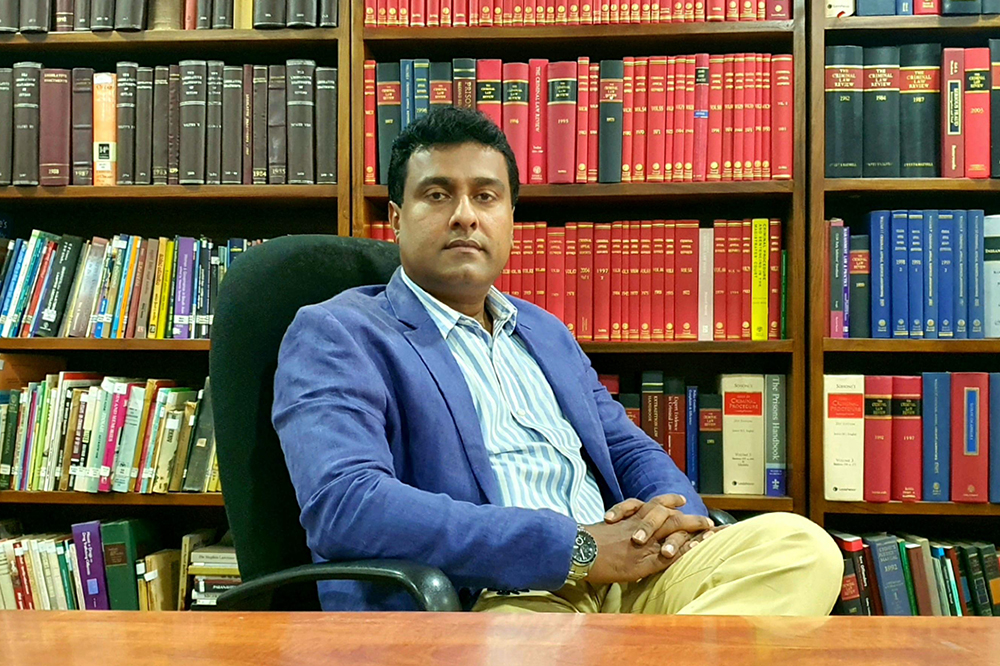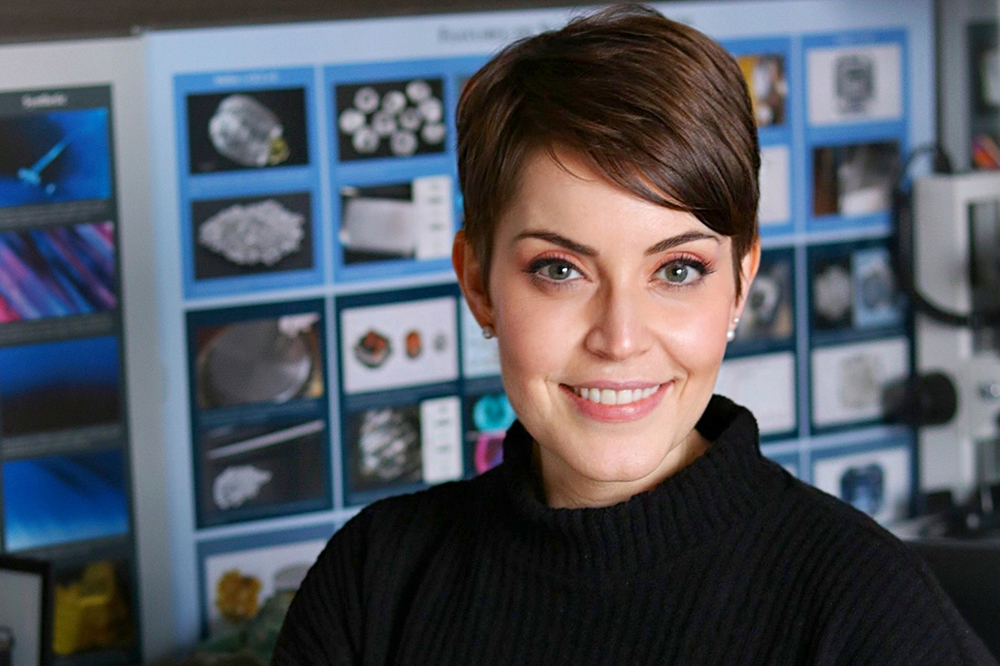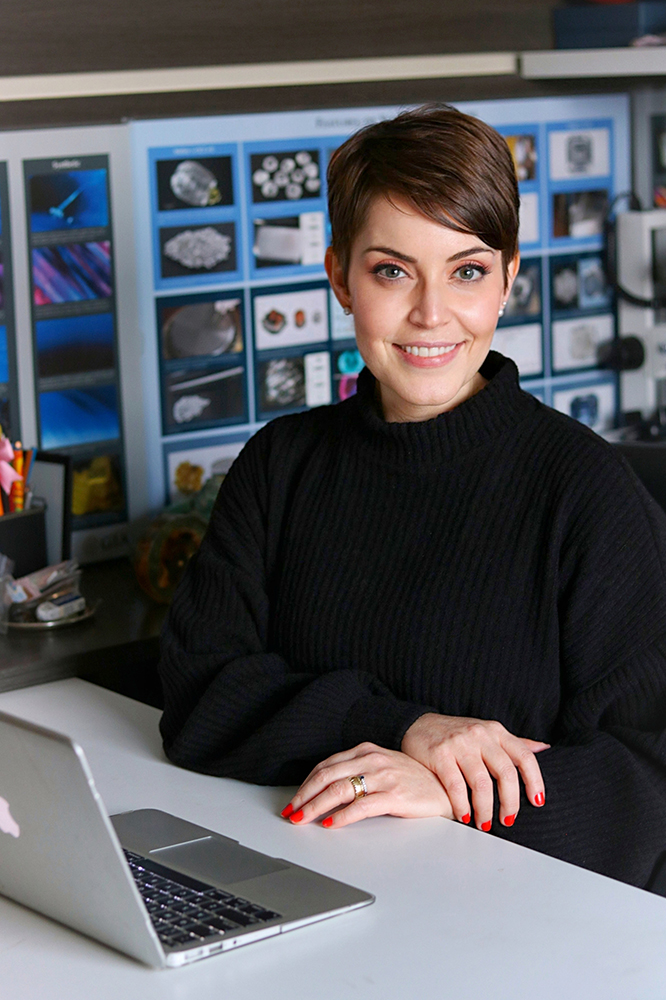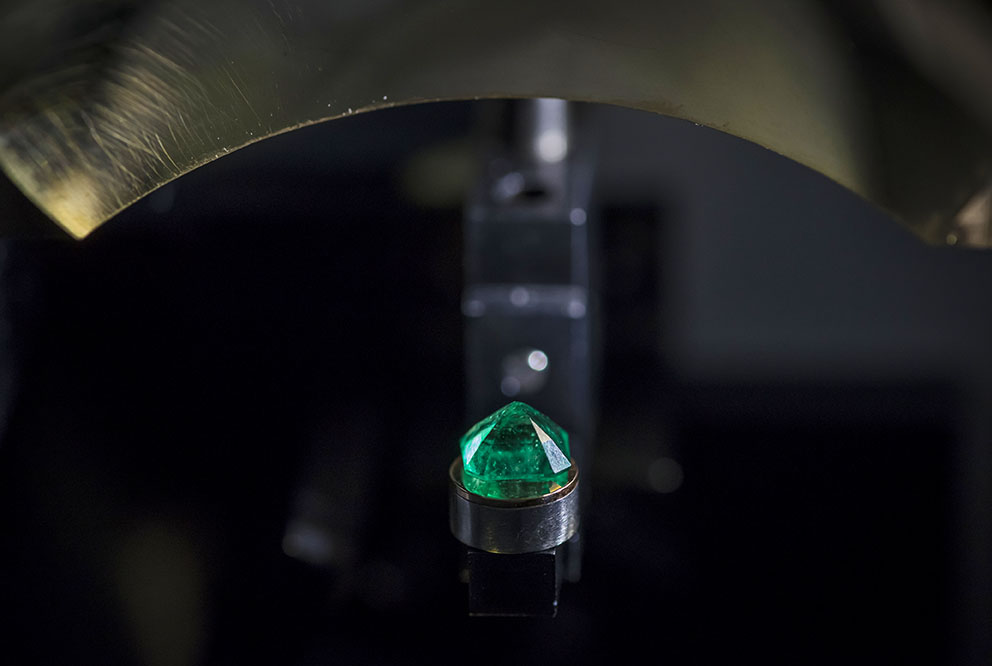
This year, the Training Centre of the German Gemmological Association celebrates its 50th anniversary. During the preparations for this anniversary, we got in touch with many alumni – and their comments and stories confirm, how important their time here in Idar-Oberstein was for their future professional career. Over the next weeks and months, we will share the interviews with them in our blog, to inspire new gemmologists with the diversity of career opportunities in the jewellery and gemstone industry.

Umesh Wariyapperuma, Managing Director of Ceylon Gem Traders (Pvt) Ltd, Founder Ceylon Academy of Gemmological Science (CAGS), Sri Lanka and Board Director Sri Lanka Gem and Jewellery Association.
When and why did I complete my training at the DGemG?
I completed my training at the German Gemmological Association in 2021. As a gemmologist from Sri Lanka one of the worlds most renowned gemstone sources it was essential for me to deepen my knowledge at a globally recognized institute. The DGemG offered a scientifically rigorous and hands-on approach to gemmological education, and I knew it was the right place to refine my expertise and uphold international standards in my professional practice.
What was the best experience I had during my stay in Idar-Oberstein?
My time in Idar-Oberstein was both inspiring and enriching. The most memorable experience was working in the well-equipped DGemG laboratories, examining thousands of gemstones from around the world. I particularly appreciated the opportunity to learn alongside professionals from diverse countries, sharing knowledge and perspectives in a truly international environment.
What did I like most about the training programme?
The systematic, detail-oriented approach to gemstone identification and the emphasis on practical lab work were outstanding. I also appreciated the opportunity to study under highly experienced instructors whose passion for gemmology was contagious.
What did I learn that I use regularly in my daily work?
The training enhanced my ability to identify treatments, recognize inclusions, and distinguish between natural, synthetic, and imitation stones with confidence. These skills are critical not only in gemstone trading but also in my role as an educator training the next generation of gem professionals in Sri Lanka.
Has the training programme influenced my life?
Absolutely. The DGemG training elevated my credibility in the international gem market and opened doors for collaborations across Europe and Asia. It also strengthened my vision to promote gemmological education and ethical practices through the Ceylon Academy of Gemmological Science.
What do I do professionally today?
I lead Ceylon Gem Traders, focusing on responsibly sourced Ceylon sapphires and global trade. I also serve as the Founder and CEO of the Ceylon Academy of Gemmological Science (CAGS) in Malabe, Sri Lanka, where we train local and international students in Trading Gemmology, mining, and Geuda heat treatments. Additionally, I contribute to national industry development through my roles in the Sri Lanka Gem and Jewellery Association and the Alumni of the Gem and Jewellery Research and Training Institute of Sri Lanka.
What is my favourite gemstone?
The Sri Lankan blue sapphire. Its a timeless symbol of elegance and geological wonder, representing the rich gem heritage of my country.




 Andressa Borotti is a gemmologist (FGG, EG), consultant and professor from Sao Paulo in Brazil. Currently, she is also pursuing her Ph.D. at the Universitiy of Sao Paulo, where she also works as a instructor in the gemmology classes of Prof. Dr. Rainer Schultz-Güttler, a long-term friend and colleague of our association.
Andressa Borotti is a gemmologist (FGG, EG), consultant and professor from Sao Paulo in Brazil. Currently, she is also pursuing her Ph.D. at the Universitiy of Sao Paulo, where she also works as a instructor in the gemmology classes of Prof. Dr. Rainer Schultz-Güttler, a long-term friend and colleague of our association.


